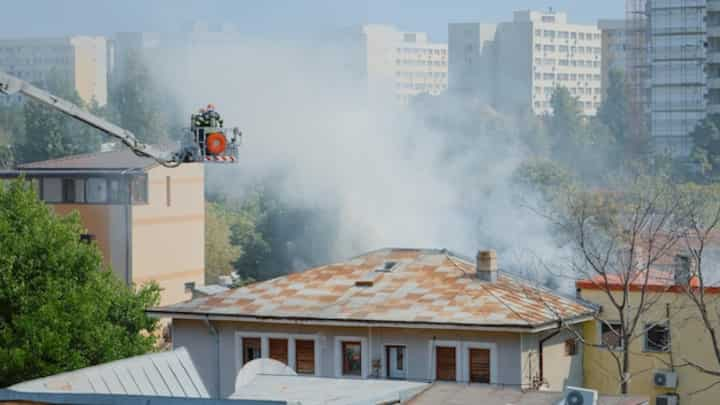
Streamlined Professional Cleanup Process for Smoke and Soot Removal
The aftermath of a fire can leave significant damage, not only to property but also to the air quality and overall environment within a space. Smoke and soot residues can be particularly challenging to remove, requiring a professional and systematic approach. This article provides an in-depth look into the streamlined process for effective smoke and soot removal, ensuring safety and cleanliness. Employing professional services can make a substantial difference in restoring a property to its pre-damage state, minimizing health risks, and preserving structural integrity.
Initial Assessment and Inspection
The first critical step in the smoke and soot removal process is conducting a comprehensive assessment and inspection. Professionals evaluate the extent of the damage, identifying areas that require immediate attention, and devising a tailored cleanup plan. This phase involves:
- Detailed inspection of affected areas.
- Identification of specific smoke and soot residues.
- Assessment of structural integrity and potential health hazards.
- Development of a customized cleanup strategy.
Safety Precautions and Equipment
Safety is paramount during the cleanup process. Professionals are equipped with specialized gear designed to protect both the workers and the property from further damage. Key safety measures include:
- Use of personal protective equipment (PPE) such as gloves, masks, and goggles.
- Deployment of air filtration systems to improve indoor air quality.
- Application of containment barriers to prevent the spread of contaminants.
- Safe disposal methods for hazardous materials.
Learn more in this detailed guide.
Cleaning Techniques and Processes
Dry and Wet Cleaning Methods
Depending on the nature and extent of the damage, professionals employ both dry and wet cleaning methods. These techniques are carefully selected to ensure thorough removal of smoke and soot without causing further damage:
- Dry cleaning sponges are used for initial residue removal on porous surfaces.
- Wet cleaning solutions are applied for deeper cleaning of non-porous materials.
- Specialized detergents target specific types of soot, such as oily or protein-based residues.
- High-efficiency particulate air (HEPA) vacuums capture fine particles and improve air quality.
Explore further insights here.
Deodorization and Air Quality Restoration
Removing odors and restoring air quality is a crucial aspect of the cleanup process. Advanced deodorization techniques are employed to ensure that the space is not only clean but also free from lingering smoke odors:
- Use of thermal fogging for deep penetration of deodorizing agents into affected areas.
- Ozone treatments to neutralize smoke odors at the molecular level.
- Implementation of air scrubbers to continuously filter and purify the air.
- Application of odor counteractants to prevent reoccurrence of odors.
Find additional information here.
Post-Cleanup Evaluation and Maintenance
After the thorough cleanup process, a post-cleanup evaluation is necessary to ensure that all smoke and soot residues have been effectively removed, and the environment is safe for occupancy. This involves:
- Reassessment of the cleaned areas to confirm removal efficacy.
- Monitoring air quality levels to ensure they are within safe limits.
- Providing recommendations for ongoing maintenance to prevent future issues.
- Documentation of the entire cleanup process for future reference and insurance purposes.